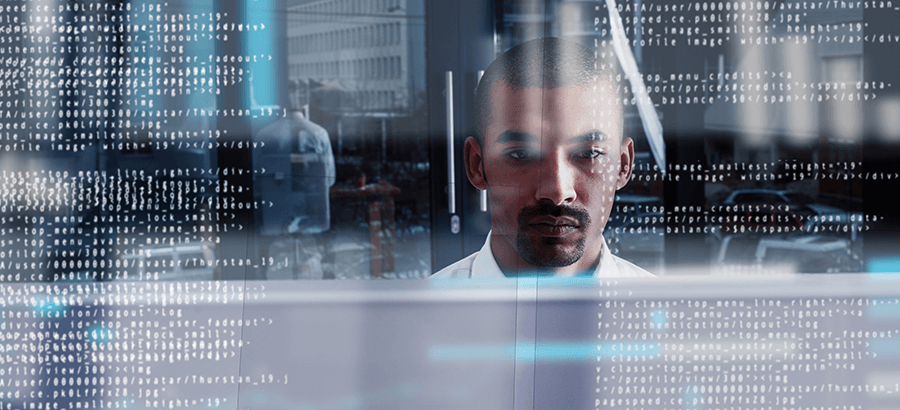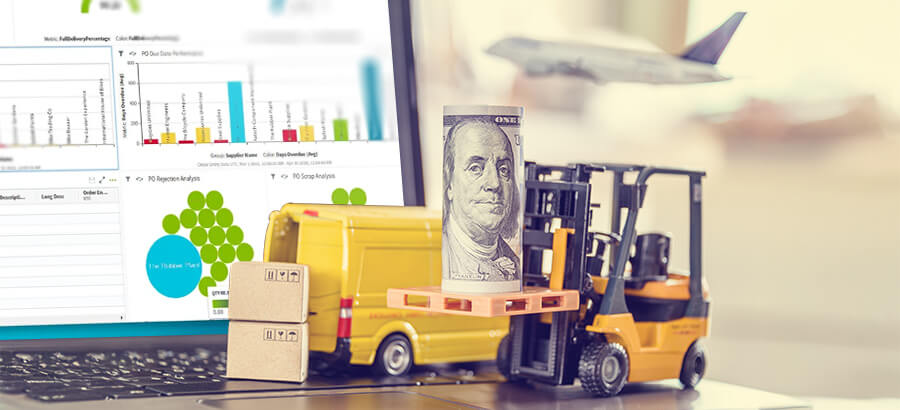This month, K3Syspro exhibited at one of Britain’s largest manufacturing and machinery events – MACH 2016. This event sees thousands of machinery suppliers from all over the globe converge in one giant arena to showcase their hardware and software offerings for the manufacturing companies of the UK to evaluate.
During the event, I heard lots of talk around Industry 4.0 ‘readiness and IoT enablement’ and references to billions and trillions of devices being attached to the internet by 2020.
What I didn’t really see was anyone explaining to the masses any practical benefits that this new trend of connected devices and data collection would bring, or how this technology coupled with machine learning and predictive analytics could change the world of manufacturing and the role of core ERP forever.
For me, as someone who has dealt with ERP, data collection, integration and correlation, I find it quite easy to understand why we are at such an important point in our technological advances and I find it a really exciting time. But for an average IT Manager, Engineer, ERP User and even a Managing Director, it may all sound like make believe or something out of the Matrix.
As I spoke to the other exhibitors at the event about Industry 4.0 and ERP trends in general, I quickly picked up a somewhat defeatist and negative attitude, comments like ‘we’ve been collecting data for years, I don’t see what the difference is with this’, ‘what’s the point of collecting all this machinery data when it doesn’t ‘affect’ the core ERP’ and ‘no one is going to be making their machinery reliant on an internet connection’. This worried me and it reflects a complete misunderstanding of Industry 4.0 and connected devices.
A straight forward example of future IoT use (the main one I used at the event) was:
- An injection moulding company plugs their IoT enabled device into the internet.
- The device records the currently running product and its cycle time and tolerances. (provided by the core ERP System).
- A machine learning service is enabled to consume the data from the device. The machine learning service and algorithms are provided by either the device manufacturer or a third party to ‘crunch the numbers’.
- A dashboard is available via the Internet that shows the enabled device whether it is running or not, whether it is running within its tolerances, when it should be serviced, which parts might need replacing, a full history of its use and predictions on how better it could be used, or how product sequencing might be improved to maximise uptime.
- The statistics for this device could then be correlated to other devices of the same type to identify inefficiencies through benchmarking and other ‘IoT connected devices and services, such as internal temperature monitors and weather reports. This would enable external factors to be compared and any patterns identified. These patterns would simply not be detected without hundreds of statisticians taking years to work out.
This example did resonate and hopefully more examples in future will help motivate understanding and buy-in.
In future, businesses without a good understanding of IoT and its practical benefits will fail to compete. Only those with the ‘technical geekiness’ will stay ahead of the pack, leaving the other businesses in the dust.
It is vitally important over the next few years that the role and importance of Industry 4.0 is understood and is featured on the technology roadmap of businesses.
Keep an eye out on my future blogs which will explain in more detail (and by example) practical solutions as part of Industry 4.0.






